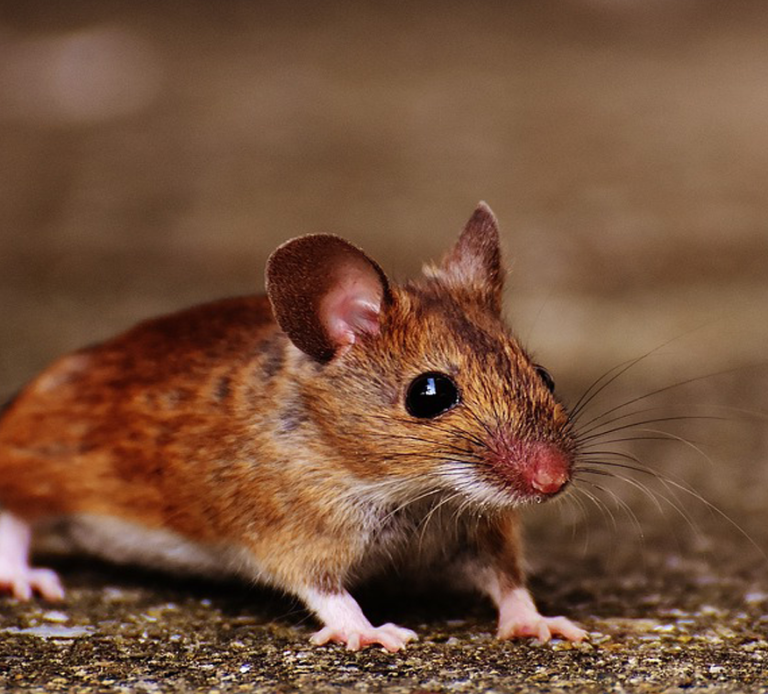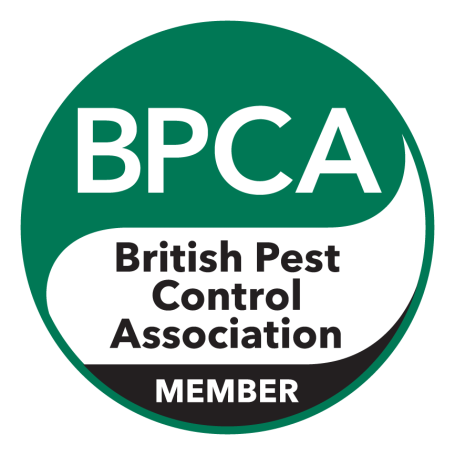Rat
(Rattus Norvegicus)

What you need to know about Rats
Rats can cause significant damage to property; this is due to the fact that Rats’ teeth never stop growing. Rodents constantly gnaw on items to keep their incisors in check. They can gnaw through various materials even some metals!
Marking their territory
Rats mark their territory and communicate by urinating everywhere they go, representing a significant public health risk. They can carry many nasty diseases, which can spread to humans, normally through rats’ urine or body coming into contact with food preparation areas.
Active at night
Rats are nocturnal and are most active at night and during dawn and dusk.
Excellent climbers
Rats are excellent climbers and are capable of gaining entry through holes around soffit vents, around cables entering the building or even via breaches in the sewer system. Rats are also excellent runners and swimmers!
Rapid population expansion
On average, a female rat can produce six litters annually, each containing twelve baby rats. In reality, however, most litters have between five to ten offspring (baby rats are known as pups). At only four to five weeks old, these little rodents have already reached their sexual maturity, thus allowing for the population to exponentially grow.

Mice (Mus musculus)

Damage and risk to public caused by mice
The presence of mice can cause significant damage to property; this is because mice’ teeth never stop growing. Mice continually nibble or gnaw on items to keep their incisors at a constant length. They can gnaw through various materials even some metals.
Mice are a public health risk, as they can spread nasty diseases such as Leptospirosis (Weil’s disease) spreading it to humans through their urine, droppings and bedding.
Within various sectors mice can contaminate food and food surfaces, transferring the bacteria and dirt they carry on their bodies to everywhere they touch. This could include unsealed items of food, cabinets and food preparation areas.
What you need to know about Mice

Rapid Population Expansion
When a female mouse gets pregnant, it only takes between 19 and 24 days for her to give birth to a litter (also known as the gestation period). Each litter typically consists of 5-6 mouse. After giving birth she can immediately mate, therefore, left untreated mice infestations can rapidly grow.
Mice Can Climb
Mice are excellent climbers and can gain access to tiny holes and gaps! Mice only need a gap of 6mm to gain entry (this is roughly the diameter of a biro pen)
When Are Mice Active
These small pests are nocturnal and are most active at night, therefore, they are rarely seen, but there are tell-tale signs which indicate if mice have been present
Our Information
📞+44 7368320377
✉️ Brett@Vanquishedpestcontrol.co.uk
BUSINESS HOURS
Monday - Friday 08:00 - 17:00
We need your consent to load the translations
We use a third-party service to translate the website content that may collect data about your activity. Please review the details in the privacy policy and accept the service to view the translations.
